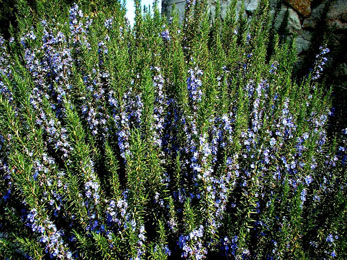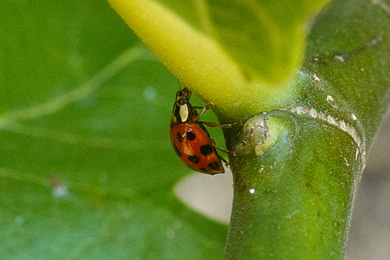Wildlife gardening adopts the basic principles of organic gardening and, fortunately, these intersect quite happily with those of Mediterranean gardening. Chief among them are adapting your planting to your conditions and using indigenous plants, which are also key to gardening in a Mediterranean climate.
Gardening for wildlife : Here's How

Step 1
Most importantly, stop using all herbicides and pesticides. Not only is this absolutely essential so as not to kill off your wildlife, but it is also protection for you, your children and your domestic animals. Research in France shows that 90% of the chemical products used in gardens is not taken up by the plants but ends up in the ground-water (source: Jardin familial de France). So as your first step, go through your garden shed and take all poisonous substances down to the dump. Do not dispose of them in the dustbin!
Step 2
Create a natural balance in the garden, by re-establishing an ecosystem which functions as a whole. An organic garden has living soil full of micro-organisms which supports flourishing insect life. These insects in turn provide food for birds and small mammals, which in turn support larger predators. Without outside interference, a balance is reached within a year or two and, all things being equal, a system of checks and balances comes into operation, with beneficial insects and birds keeping the pests in check. More here.
Step 3
Take specific measures to encourage wildlife. Put up nest-boxes, make a pond, provide insect hotels or overwintering sites for small mammals, feed the birds in the winter. Exhausted insects can be revived with a drop of honey. Find out more.








